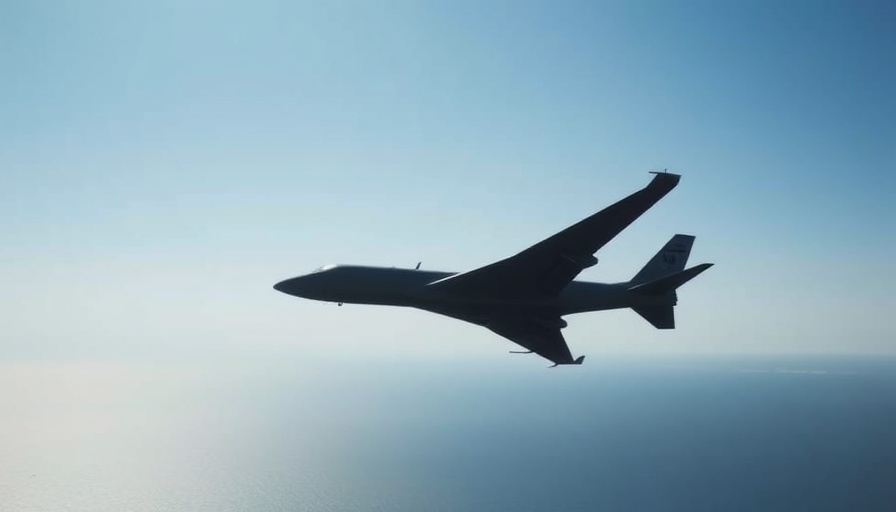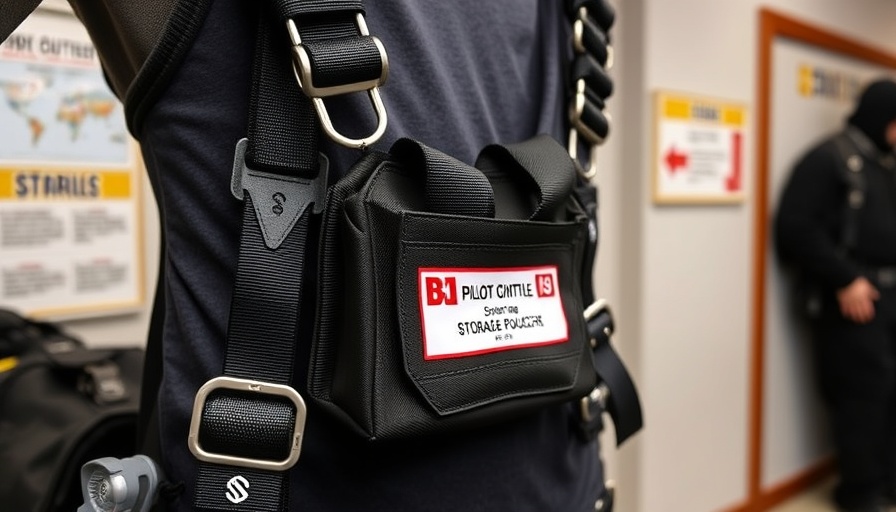
Understanding Combat Air Patrol: A Lesson from Greg Bagwell
Every day, air patrols are critical for national security, especially in monitoring maritime areas where threats lurk beneath the waves. Recently, retired Royal Air Force commander Greg Bagwell took to social media to explain the intricacies of scheduling a combat air patrol using the Poseidon P8 aircraft. His insights are not just for military experts but also hold value for aviation enthusiasts and anyone curious about military operations.
What is Combat Air Patrol?
A combat air patrol (CAP) is a method of maintaining air superiority by directing fighter aircraft to intercept and defend against potential threats. It's not just about flying around; it’s a complex operation requiring precise timing and coordination. Bagwell’s explanation centers around keeping continuous coverage, ensuring that there’s always an aircraft on station. It highlights the intricate ballet of military operations.
The Mechanics of Scheduling
In his explanation, Bagwell uses the Boeing P8 Poseidon, which boasts impressive capabilities: a combat radius of 1,200 nautical miles and an eight-hour fuel endurance. Bagwell illustrates how scheduling is more than just assigning times; it involves calculating the movements of multiple aircraft to provide uninterrupted surveillance.
For example, if the first P8 takes off at 10 PM, it will conduct patrol duties for two hours before returning. At the two-hour mark, a second P8 must launch to continue the coverage. This requires meticulous planning to ensure that as one plane lands, another is already in the air, ensuring seamless protection of the area at all times.
Practical Takeaways from Military Aviation
You may wonder why it matters to civilians. Understanding this scheduling process offers unique insights into how resources are allocated and managed during critical missions. The lessons learned from military operations like Bagwell’s can be applied broadly, including in business and crisis management. Just as in air patrol, anticipating needs and coordinating actions are crucial to ensuring constant operational readiness.
Implications for the Future of Military Operations
As technological advancements continue to evolve aviation capabilities, understanding how to effectively utilize existing hardware is key. The future might hold drones or advanced unmanned systems that can take over a portion of these patrol responsibilities, but the principles of scheduling and maintaining air superiority will remain timeless.
Final Thoughts: The Significance of Continuous Coverage
Greg Bagwell’s insights into scheduling combat air patrols underscore a fundamental truth about military operations: the importance of preparedness and vigilance. This applies not only in the military but also in our daily lives where planning and foresight can mean the difference between success and failure. As we move forward, embracing these lessons will be crucial for safety in various sectors.
Understanding air operations can enrich one's perspective on national security. From aviation enthusiasts to the everyday citizen, grasping these concepts fosters a deeper appreciation for those who protect our skies.
 Add Row
Add Row  Add
Add 




Write A Comment